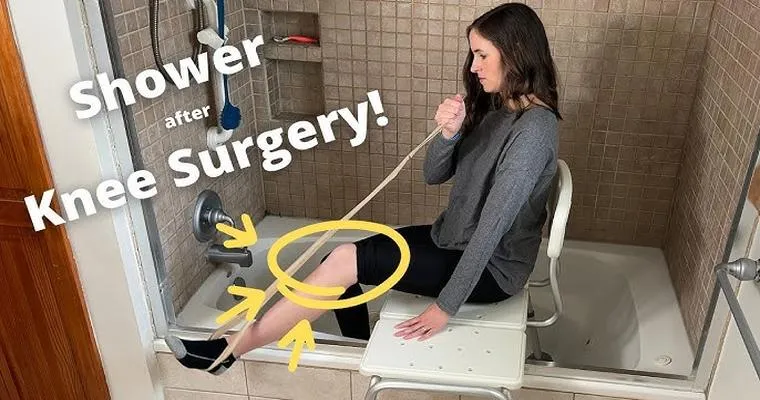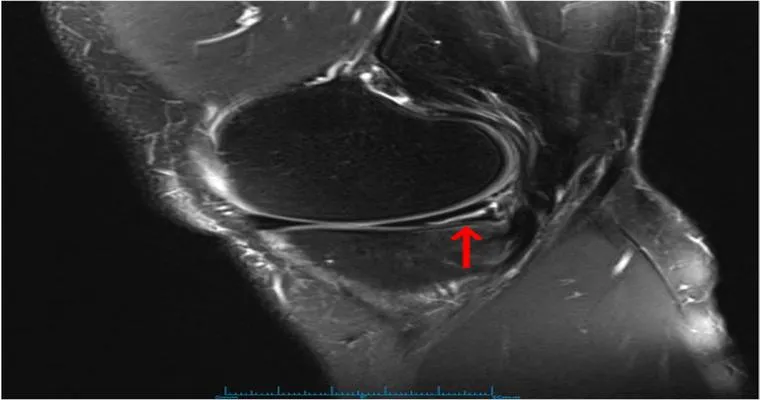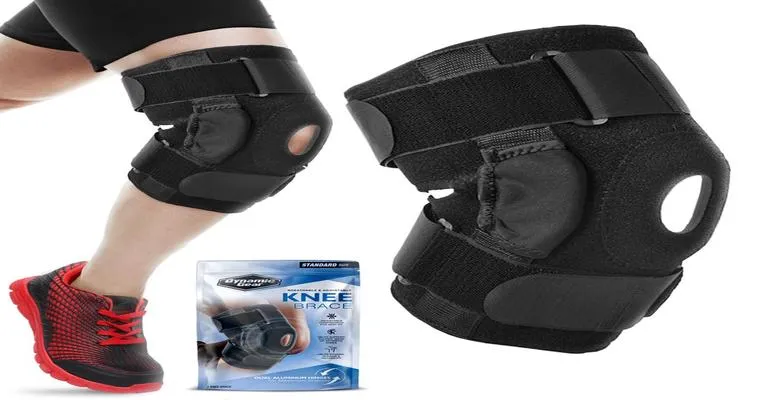When dealing with "shoulder", "hip", or "knee pain", one common question that arises is whether to use a "tub" or a "shower" for bathing. Both options offer distinct benefits and drawbacks, and the choice can significantly impact your comfort and pain management. In this article, we will explore the pros and cons of each method and provide guidance to help you make an informed decision.
Understanding the Benefits of a Tub
A "bathtub" can provide a soothing experience for those suffering from joint pain. Here are some advantages of using a tub:
1. "Soaking": Immersing your body in warm water can help relieve tension in your muscles and joints. This can be particularly beneficial for individuals with "knee pain" or "hip pain", as the buoyancy of the water reduces pressure on these areas.
2. "Ease of Movement": For those who struggle with mobility, a tub allows for gentle stretching and movement while sitting in the water. This can help improve flexibility and reduce stiffness in the "shoulders" and "hips".
3. "Heat Therapy": The warmth of the water can provide immediate relief from aches and pains. Heat therapy is often recommended for chronic joint pain, making a bathtub a great option for those seeking relief.
The Case for a Shower
While tubs offer numerous benefits, taking a shower has its own set of advantages, especially for individuals with certain types of pain:
1. "Accessibility": Showers are generally easier to enter and exit than bathtubs, which may be especially important for those with mobility issues or severe "knee pain".
2. "Less Strain on Joints": Standing in a shower can help some individuals avoid the strain of getting in and out of a tub. For those with "shoulder" or "hip pain", this can make a significant difference in their bathing experience.
3. "Quick Relief": If you need a quick rinse or relief from soreness, a shower can be more efficient. You can adjust the water temperature quickly and focus on the areas that need it most.
Factors to Consider
When deciding between a tub and a shower for bathing, consider the following factors:
"Severity of Pain": If your pain is severe, a tub may be more beneficial for soaking and relaxation. However, if mobility is a significant concern, a shower might be the safer option.
"Personal Preference": Comfort is key. Some people find soaking in a tub more soothing, while others prefer the convenience of a shower.
"Installation and Space": Consider the layout of your bathroom. If you have limited space, a shower may be the more practical choice.
"Safety Features": If you choose a tub, ensure it has safety features like grab bars and non-slip surfaces. For showers, consider using a shower chair if standing is challenging.
Conclusion
Ultimately, the decision between a "tub" or "shower" for bathing when experiencing "shoulder", "hip", or "knee pain" depends on your personal needs and preferences. Both options have their pros and cons, and understanding them can help you make the best choice for your situation. Always consult with a healthcare professional if you are unsure about what will work best for your pain management and mobility needs.





